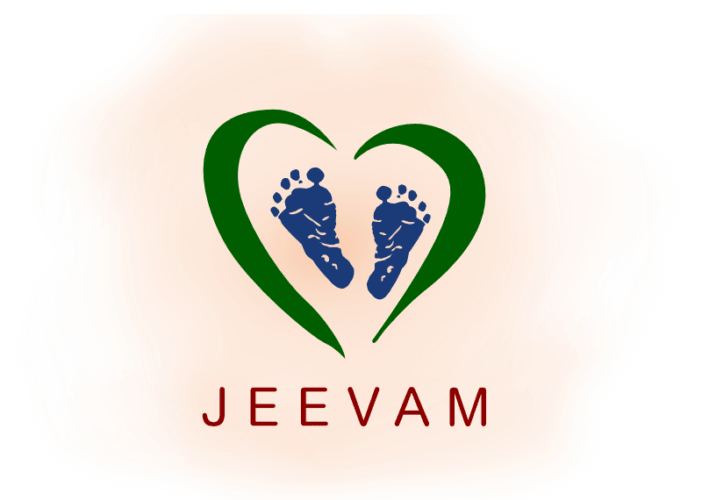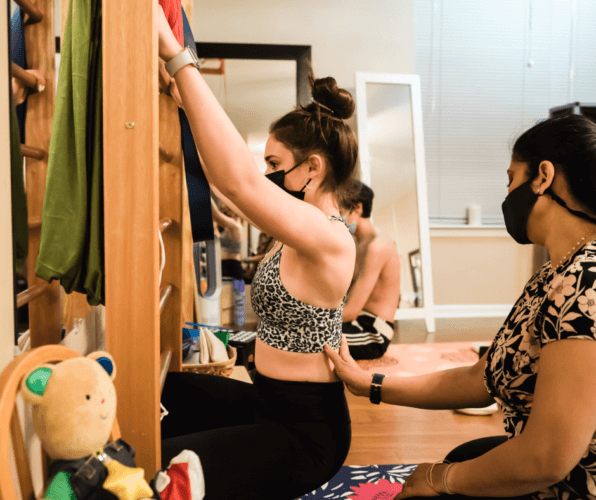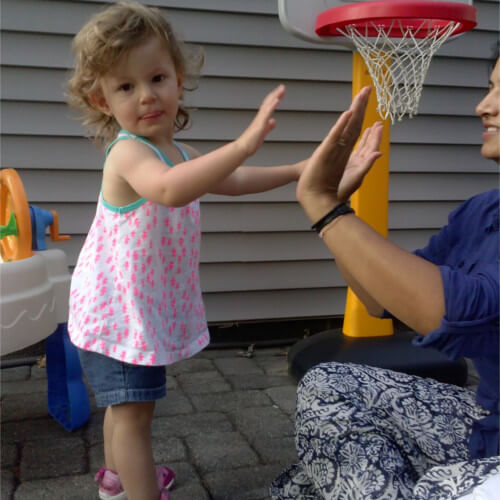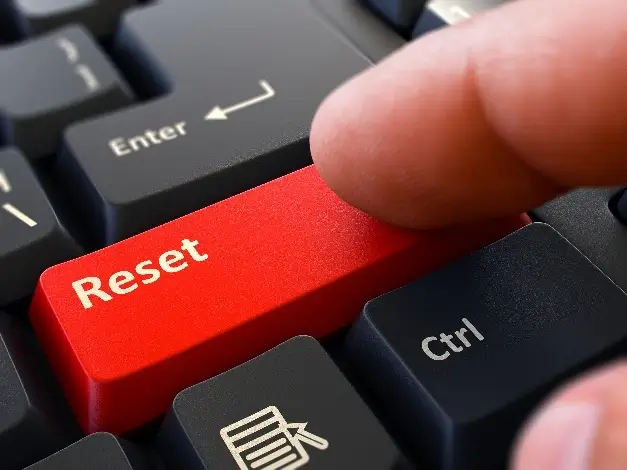This new blog post leads us through history, exploring the origins of Schroth Therapy, one of Jeevam Therapy’s core specialties.
What is the Schroth Method?
Using posture awareness, strength training, and breathing exercises, the Schroth Method is a non-surgical treatment method for patients with scoliosis. Schroth exercises support and lengthen the spine by working on the sagittal, frontal, and transverse anatomical planes. A wall bar (Swedish Ladder), wedges, physio balls, foam blocks, and mirrors can all be used by patients to perform a range of focused exercises that are intended to enhance their general health and well-being. Now that we know what Schroth Therapy is, let’s investigate its origins.
Katharina Schroth’s Creation
The earliest conservative scoliosis therapies date back to Hippocrates’ (460–370 BC) practices. At Meissen, in Eastern Germany, however, Katharina Schroth created Schroth Therapy in 1921.
Katharina Schroth was born with scoliosis on February 22, 1894, and wore a steel brace until age 16. She found inspiration in a balloon and was determined to develop a more feasible treatment plan. Schroth devised a “rotational breathing system” in which she would selectively inflate the concave portions of her trunk to cure her spinal deformity by imitating a balloon and utilizing a mirror. She developed this new method of spinal realignment by researching and testing it on herself. Katharina Schroth quit her position as a Katharina Schroth founded an institute in Meissen to help people with scoliosis in the 1930s after quitting her business and language instructor work. For people with similar curve patterns, the institute offered group lessons as well as individual exercises. Since being outside has been shown to improve patients’ general health and mood, the majority of treatment sessions took place there. She relocated to West Germany after the Second World War, where she and her daughter, Christa Lehnert-Schroth, established a second clinic in Sobernheim. Every six weeks, the Schroth method of posture adjustments, breathing exercises, and perceptual training was applied at this clinic to treat more than 150 inpatients.

The image above shows Katharina Schroth instructing a Schroth method lesson in the institute’s garden. [Historical image from Christa Lehnert-Schroth’s picture database]
Continuing the Legacy
Christa Lehnert-Schroth, Katharina Schroth’s daughter, carried on improving and developing the Schroth Method when her mother passed away in 1985. Christa published the book “Three-Dimensional Treatment for Scoliosis” in 1973 after contributing to the method’s further development and improvement. Along with her spouse, she carried on establishing the Katharina Schroth Klinik in West Germany, which rose to popularity as a top facility for the treatment of scoliosis. Furthermore, Dr. Hans-Rudolf Weiss, Christa’s grandson, carried on improving the procedures that are currently known as “Schroth Best Practice.” Soon after, the technique was introduced by physiotherapists with Schroth training to other European nations, such as Spain, in the 1960s. It is now incorporated into several scoliosis treatment plans and is well known for its ability to improve posture, lessen pain, and improve the quality of life for those who have scoliosis.

In the photo, Christa Schroth, Katharina Schroth’s daughter, is shown at Katharina Schroth Klinik helping a patient apply the Schroth method. [Historical image from Christa Lehnert-Schroth’s picture database]
Barcelona Scoliosis Physical Therapy School
The Catalan physiotherapist, Elena Salva, traveled to Germany to learn the Schroth method from Katharina Schroth and Christa Lehnert-Schroth. Elena Salva used that information and founded the Barcelona School. In the late ’80s, Dr. Manuel Rigo and Elena’s daughter, Dr. Gloria Quera Salvá, his wife, began teaching the Schroth method using “Schroth Best Practice.”. The Barcelona School became the Barcelona Scoliosis Physical Therapy School (BSPTS) and certified physical therapists in Schroth until 2008. The scoliosis curriculum became known as the Rigo Concept. Thus, the evolution of the Barcelona Scoliosis Physical Therapy School (BSPTS) and the refinement of the Rigo Concept have contributed significantly to advancing the treatment and understanding of scoliosis worldwide.
The Schroth Method at Jeevam Therapy
At Jeevam Therapy, our commitment lies in delivering the most advanced and effective treatments for scoliosis. Leading our team is Dr. Eva Mohanty, a specialist in scoliosis care. With certifications from the Schroth Barcelona Institute (SBI-II) in 2012 and 2015, as well as training in the Rigo System Cheneau (RSC) brace in Rosenheim, Germany, in 2016, Dr. Mohanty brings extensive expertise to our practice. She further enhanced her skills with the scientific exercise approach to scoliosis (SEAS) certifications from ISICO, Italy, in 2017 and 2018.
Our approach at Jeevam Therapy incorporates a blend of exercises, postural corrections, and breathing techniques through Schroth therapy, aimed at enhancing spinal alignment, muscle strength, and overall functionality. In addition to therapy sessions, we offer personalized professional-grade equipment tailored to each patient’s needs, available at our on-site store. This enables patients to continue their exercises at home, reinforcing the progress made during clinic visits. Our mission is to empower patients with the resources necessary for optimal spinal health and overall well-being.
Contact our Metuchen and Paramus, NJ offices today to see if Schroth Therapy is right for you. Learn about the next steps for you with screening at our clinics for a nominal fee!
References
“A Brief History of the Schroth Method – Our Guide.” Scoliosis Systems, 4 Mar. 2020,
scoliosissystems.com/a-brief-history-of-the-schroth-method-our-guide/.
“History Of Schroth Method.” Scoliosis Rehab Physical Therapy Inc., CA,
www.scoliosisrehab.com/history-of-schroth-method.html.
Johns Hopkins Medicine. “Schroth Method for Scoliosis.” Johns Hopkins Medicine,
www.hopkinsmedicine.org/health/treatment-tests-and-therapies/schroth-method-for-scoliosis.
Good Shepherd Rehabilitation. “Schroth Method: Physical Therapy for Scoliosis.” Good
Shepherd Rehabilitation, www.goodshepherdrehab.org/conditions-and-services/schroth-method-physical-therapy-for-scoliosis.
UPMC HealthBeat. “Schroth Method for Treating Scoliosis.” UPMC HealthBeat, 23 May 2023,
share.upmc.com/2023/05/schroth-method-for-scoliosis.
Weiss, Hans-Rudolf, et al. “Schroth Therapy for Scoliosis: An Overview of the Current Evidence.” Open Orthopaedics Journal, vol. 5, 2011, pp. 342-347, www.ncbi.nlm.nih.gov/pmc/articles/PMC3180431/.
Tags: muscle weakness, schrothmethod, schroth, spine, metuchen, paramus, therapy, Pediatric therapy, exercise, physical therapy, scoliosis




